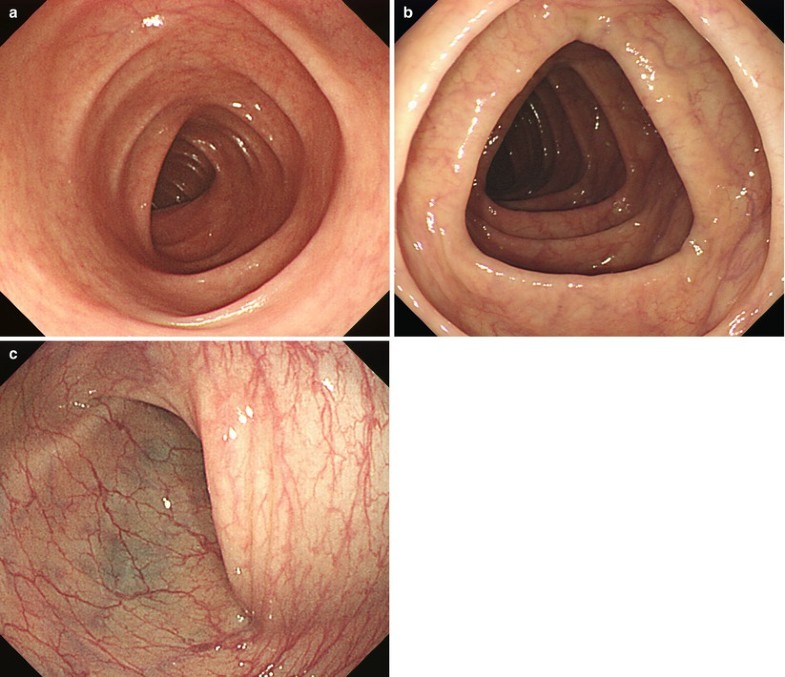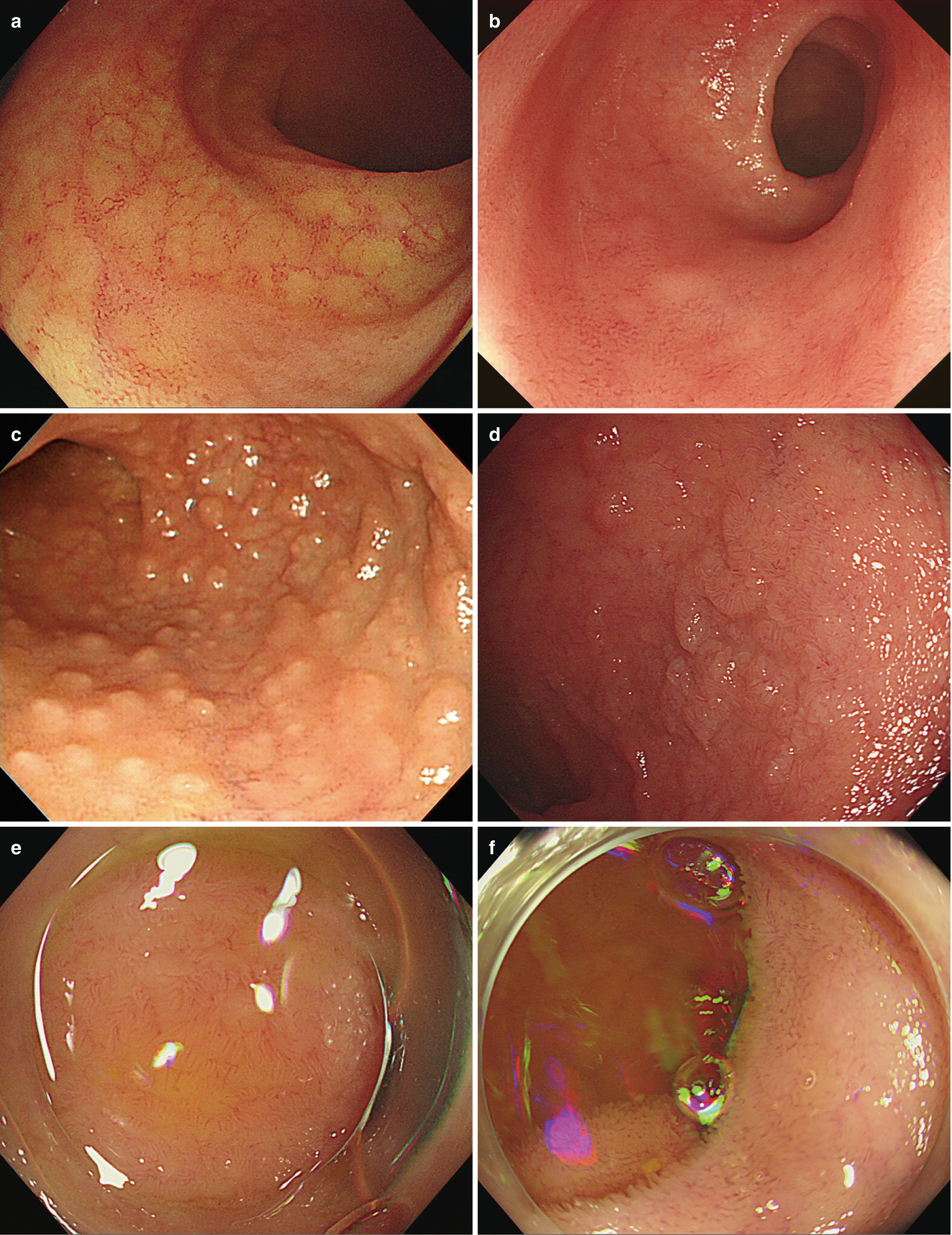

If you have a clean colonoscopy with no findings and are of average risk, you likely may not need to have another screening for 10 years. Our findings support that patients after an episode of diverticulitis should continue to get a colonoscopy. A screening colonoscopy can give you peace of mind about colorectal cancer. In our study, the prevalence of advanced adenomas and adenocarcinomas was relatively high compared with the average risk individuals. The overall incidence of advanced adenomas and adenocarcinomas was 32 (5.4%) and nine (1.5%), respectively. Forty-six of those patients underwent surgery.

Colonoscopies were incomplete in 96 patients (16%). Among these 488 patients, 446 had diverticular disease, 31 had advanced adenomas, and four had adenocarcinomas. Colonoscopy was complete in 488 patients (84%). More than one quarter of colonoscopies carried out in. A total of 584 patients (298 males 51%) underwent colonoscopy for a history of diverticulitis after resolution of acute symptoms. One Quarter of 3049-Year-Olds Have Abnormal Colonoscopy Results. Advanced adenomas were defined as adenomas ≥1 cm, serrated adenomas, and tubulovillous or villous adenomas. In the meantime, we suggest eating smaller meals the day after your procedure to help your colon relax. They typically disappear 3-4 days after the procedure. These symptoms are normal and should be no cause for worry. during your colonoscopy, you likely have many questions as you await definitive test results. Patients typically report feeling full, bloated, and having difficulty passing stools immediately after their colonoscopy. This is a retrospective analysis of patients who underwent colonoscopy after an episode of diverticulitis between November 2005 and August 2017 at three major teaching hospitals. Doctors recommend regular screening with colonoscopy. The aim of this study was to evaluate the yield of significant findings on colonoscopy after an episode of diverticulitis. Current guidelines recommend a colonoscopy after.the resolution of acute diverticulitis. If any polyps were removed during the colonoscopy, then it may be suggested that you have a follow-up procedure in the next three months to a year. Our findings suggest that longer surveillance intervals in this selected population may be safe.Diverticular disease is a common problem where patients with diverticulosis have a 1-4 per cent risk of acute diverticulitis. Within this large surveillance cohort of patients with colonic IBD and no additional high-risk features, having two consecutive negative colonoscopies predicted a very low risk of aCRN occurrence on follow-up. If adenomatous polyps (growths of tissue) are found, they will be removed. A colonoscopy is a quick and generally painless procedure that allows for the full. endoscopic (polyp, adenoma, dysplasia/cancer) findings by colonoscopy indication. No aCRN occurred in those with consecutive negative surveillance, compared with an incidence rate of 0.29 to 0.76/100 patient-years (P=0.02) in those having >1 positive colonoscopy on follow-up of 6.1 (P25-P75: 4.6-8.2) years after the index procedure. Examples of findings during colonoscopy include diverticulosis and colon polyps. Results 7.35 of colonoscopies were performed for patients with CIBH. Both groups had similar demographics, disease-related characteristics, number of surveillance colonoscopies and time intervals between colonoscopies. Patients with consecutive negative surveillance colonoscopies were compared with those who had at least one positive colonoscopy. Of 775 patients with long-standing IBD colitis, 44% (n=340) had >1 negative colonoscopy. The primary endpoint was advanced colorectal neoplasia (aCRN), defined as high-grade dysplasia or CRC. A 'negative' surveillance colonoscopy was predefined as a technically adequate procedure having no postinflammatory polyps, no strictures, no endoscopic disease activity and no evidence of neoplasia a 'positive' colonoscopy was a technically adequate procedure that included at least one of these criteria. For example, if everything appears normal and no biopsies are taken, the doctor can tell you right. DESIGN:Ī multicentre, multinational database of patients with long-standing IBD colitis without high-risk features and undergoing regular CRC surveillance was constructed. Some of the findings of a colonoscopy are known right away. Our aim was to determine whether consecutive negative surveillance colonoscopies adequately predict low neoplastic risk. Few studies have evaluated long-term outcomes of ongoing colonoscopic screening and surveillance in a screening population. Baseline results from screening colonoscopy have been found to be highly predictive of. Surveillance colonoscopy is thought to prevent colorectal cancer (CRC) in patients with long-standing colonic IBD, but data regarding the frequency of surveillance and the findings thereof are lacking. Baseline colonoscopy findings identified patients at high and low risk of developing cancer within 10 years.


 0 kommentar(er)
0 kommentar(er)
